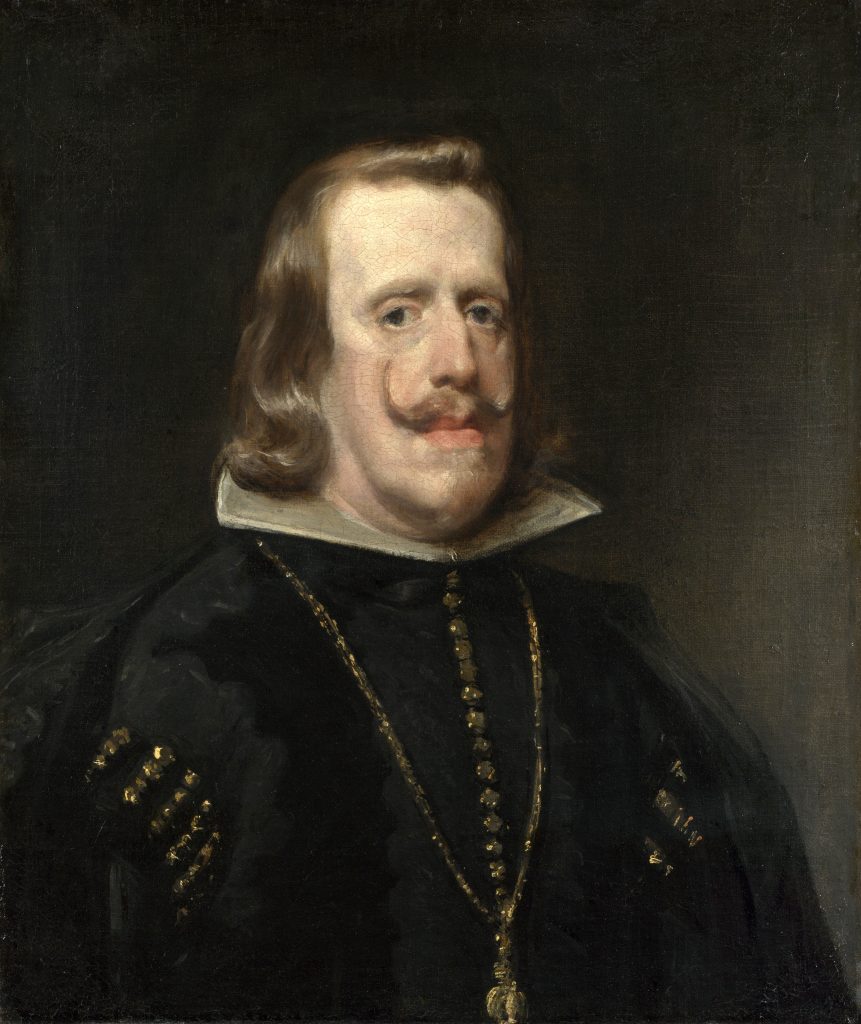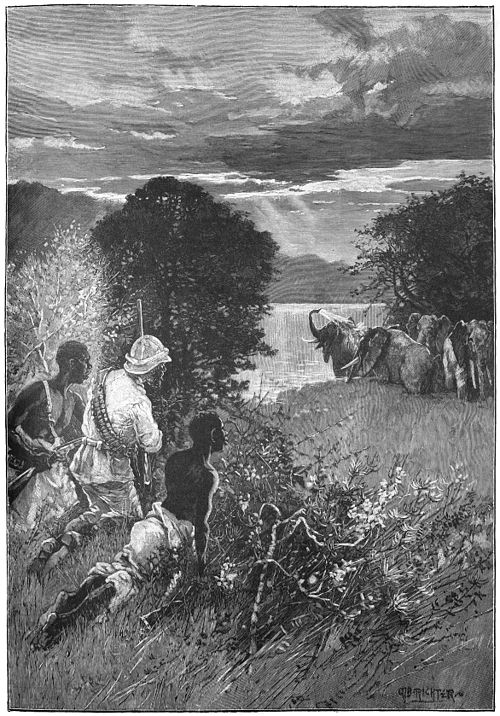Brussels 1635–1692 Amsterdam
Pair of ivory reliefs
Height: 19.5 cm
Lenght: 16 cm
(Each, circa)
Bathseba at her Bath
Loth and his Daughters
Provenance:
Private collection, Frankfurt, until the 1930s;
By descent to a private collection, United Kingdom.
Both ivory reliefs depict events from the Old Testament dealing with the dialectics of love and death.
One relief refers to the story of King David who lusted after the beautiful Bathsheba. In order to possess her, David sent Uriah, Bathsheba’s husband, to war and to his certain death. Van Bossuit shows the beauty undressed at her bath, holding David’s letter written by the matchmaker. The contextual quality of this depiction lies in van Bossuit’s interpretation of Bathsheba’s role in this highly unjust plot: her innocent reticence exculpates the voyeuristic viewer who takes pleasure in the sensuous nudity.
The second relief shows Lot with his two daughters. After the cities of Sodom and Gomorrah were destroyed, the three had fled into the mountains. As the daughters feared they would remain childless, they gave their father wine and made him drunk so that he would not recognise them. They made him seduce them in turn on two consecutive nights. The plan was successful and both daughters became pregnant. Bossuit’s masterly depiction of the seduction scene shows one of the daughters handing her father a jug of wine while the other, already undressed, moves towards where she sleeps.
Francis van Bossuit was originally from Brussels and is considered one of the most outstanding ivory artists from the Netherlands of the 17th century. He received his training as an ivory sculptor and clay modeller roughly between 1645 and 1650 in his native city and later in Antwerp. A period of several years spent in Italy, where he was a member of the artists’ guild of the Netherlands, had a strong influence on the development of his artistic style. He also met Balthasar Permoser (1651–1732) in the Eternal City with whom it is presumed he had very close artistic ties. Van Bossuit not only became familiar with works from antiquity while in Rome but also closely examined the work of François Duquesnoy, Gian Lorenzo Bernini and Allessandro Algardi, among others. He returned to his native country shortly before 1685 and worked in Amsterdam until his death.


